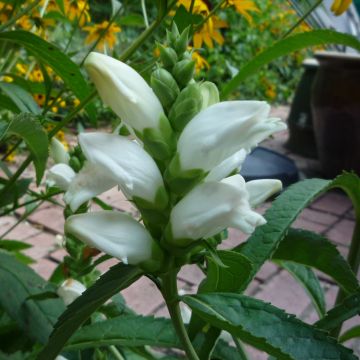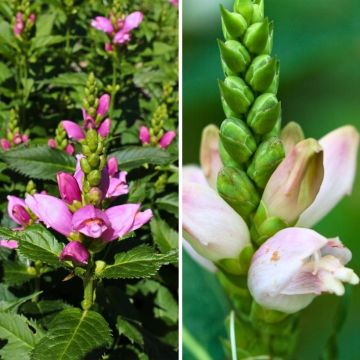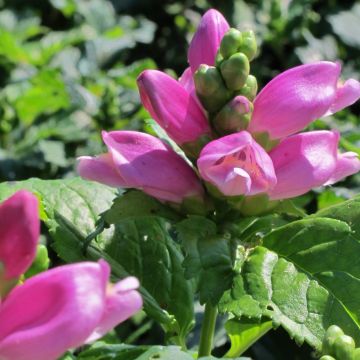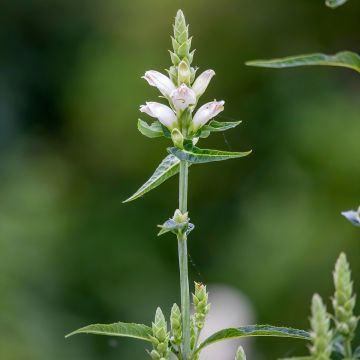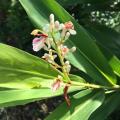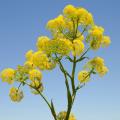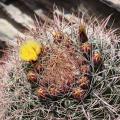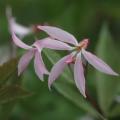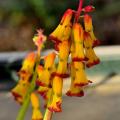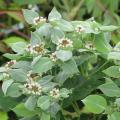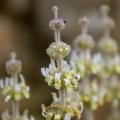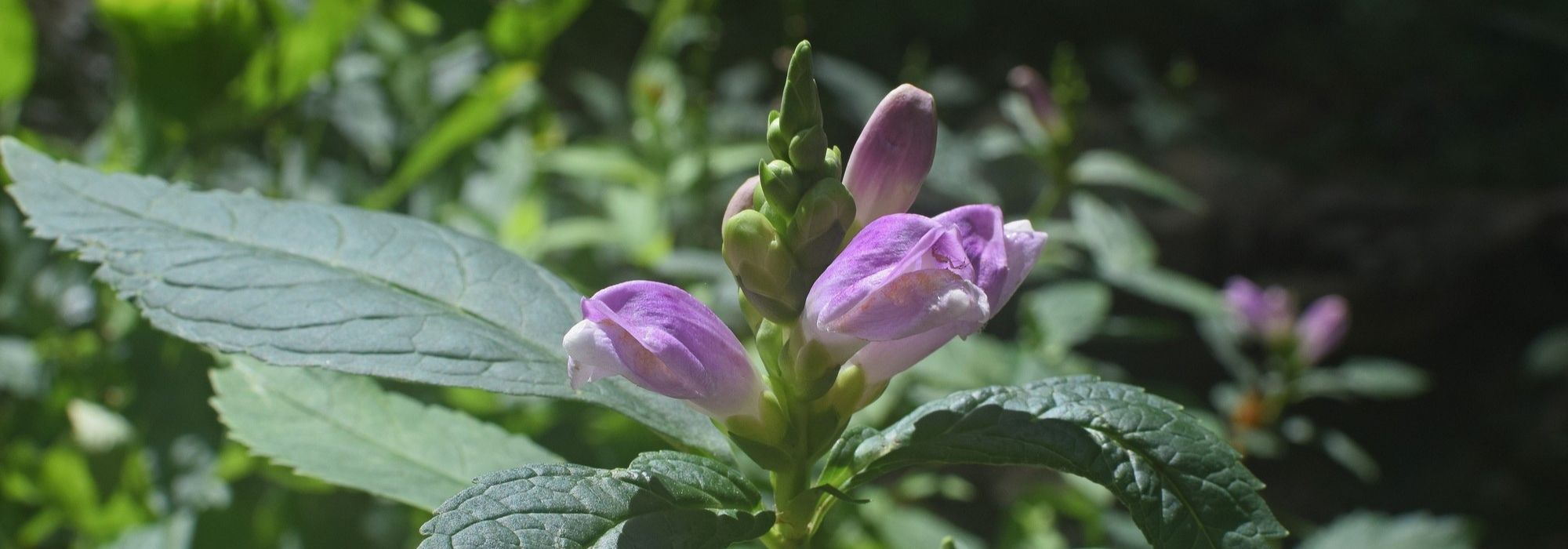Chelone
Would this plant suit my garden? Set up your Plantfit profile →
Available in 1 sizes
Available in 0 sizes
Available in 2 sizes
Available in 1 sizes
Available in 1 sizes
Chelones or snapdragons, like Chelone obliqua, are robust cousins of Penstemons, belonging to the same family, the Scrophulariaceae, and are also native to North America. These perennials, which may appear slightly less refined, are also less capricious, perfectly hardy, and have a strong presence: they form vigorous clumps reaching almost 1m (3ft) in height and 50cm (20in) in spread. Their stems bear abundant foliage of bright green colour, with prominent veins and dentate edges. All above-ground vegetation disappears in winter, as the plant goes dormant. Chelones are easy to grow in all moist to wet soils, where they thrive without restraint. They may not have bright colours, but they come in shades ranging from white to dark pink, carried in short terminal spikes of flowers resembling foxgloves. They flower in August-September, before the arrival of asters, which enlivens the borders after summer flowering. With the charm of wild plants, Chelones bring a very natural touch to the garden. They are superb near water features, but they are not bog plants, and they will easily find their place in any good garden soil that remains cool in summer. Combine them with willowherbs, meadowsweets, burnets, Joe-Pye weeds, or even loosestrifes.
Haven't found what you were looking for?





































